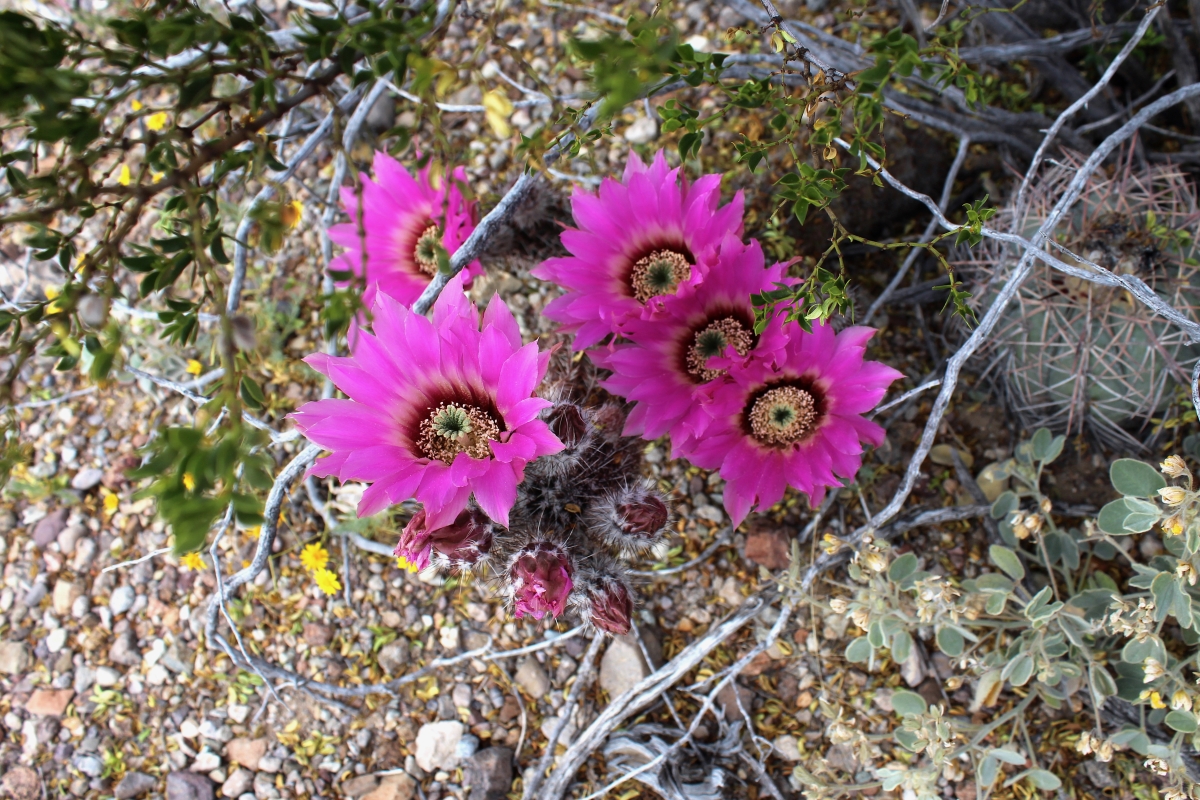Undergraduate Collaborators
Joining
If you are interested in getting some research experience with any of the above projects (especially if you're interested in field work in west Texas) please send me an email.
Previous Students
disturbances, invasive species, plant ecology and conservation
Ph.D. student at the University of Texas at Austin
I am broadly interested in the ecological processes that control biodiversity. My research is focused on the effects of fire, invasive species, and their interaction in savanna and grassland communities in central Texas and southern Oklahoma.
Assessing and predicting the success of an invasive grass in response to fire
King Ranch bluestem (Bothriochloa ischaemum var. songarica) is an old world grass that reduces biodiversity in south central USA. I am conducting an experiment using prescribed fires in collaboration with the Balcones Canyonlands National Wildlife Refuge to test how one component of a fire regime, fire season, affects King Ranch bluestem’s population growth and size structure. The results of this experiment will give us basic insights into the effects of fire on grass populations and will help inform future fire management policies.
Community responses to fire regimes
The time of year a fire occurs has the potential to impact the plant community composition and structure. In central Texas, the impacts of fire season are poorly understood, especially because we have almost no evidence about the prehistorical fire regime for the region. In addition to collecting population-level data from the prescribed fire experiment described above, I am also assessing the impacts of fire season on the plant community diversity and composition. This experiment will help land managers choose a fire season to conduct burns depending on their management goals.
Changes to fire regimes caused by invasive species
In addition to studying the impacts of fire on plants, I am interested in the changes to the fire regime caused by invasive species. We do not know what makes King Ranch bluestem a successful invader, but one possibility is that the grass changes the fire regime to the detriment of the native herbaceous species by producing large amounts of highly flammable fine fuels, also known as standing dead biomass. I am using a combination of measurements such as fire temperature and biomass growth rates to determine if the fire regime has changed and whether those changes negatively impact the native plants.
Prescribed fire as a restoration tool for pollinators
Plants are the foundation of most ecosystems, but it is not clear where or when restoring the diversity and structure of plant communities will also restore other trophic levels or ecosystem functions. I am working with multiple labs (Fowler, Jha, and Baum) to measure the effects of fire in low-diversity grasslands on the herbaceous plant communities and the pollinators. The field sites for this project are spread over a 425 km long area in the Cross Timbers ecoregion in central Texas and southern Oklahoma.
Rare cacti and other plants in west Texas
The main goal of this project is to estimate how many plants are left for four endangered species in Big Bend National Park and in the west Texas region. Many people from both academic and government institutions are involved. My contribution to this project, in close collaboration with Norma Fowler (UT Austin), Martin Terry (Sul Ross University) and Chris Best (USFWS), is to design and lead field surveys for each of these species so that we can calculate an unbiased estimate of their densities.
Joining
If you are interested in getting some research experience with any of the above projects (especially if you're interested in field work in west Texas) please send me an email.
Previous Students


